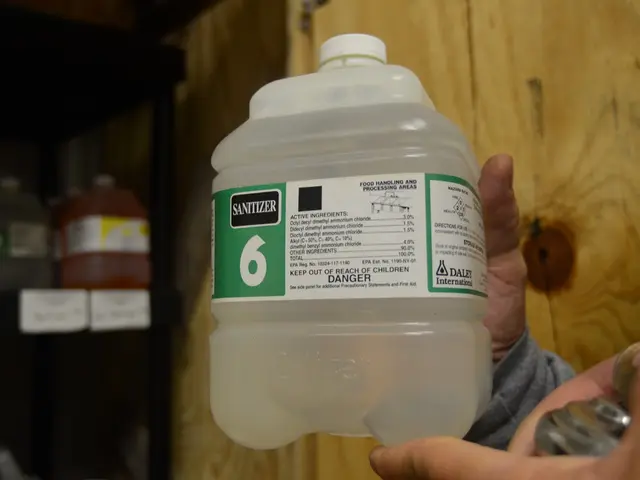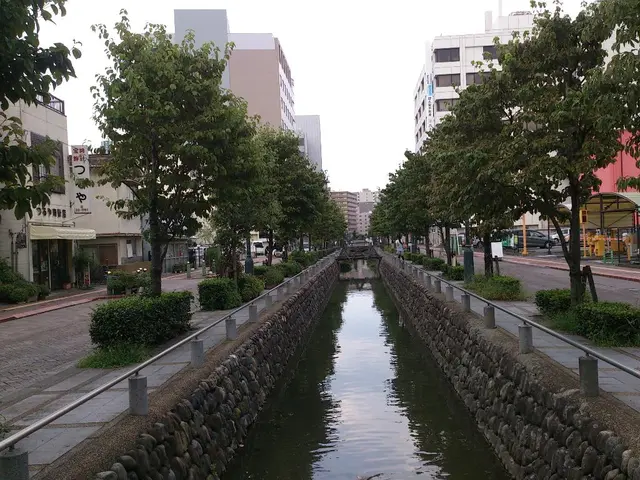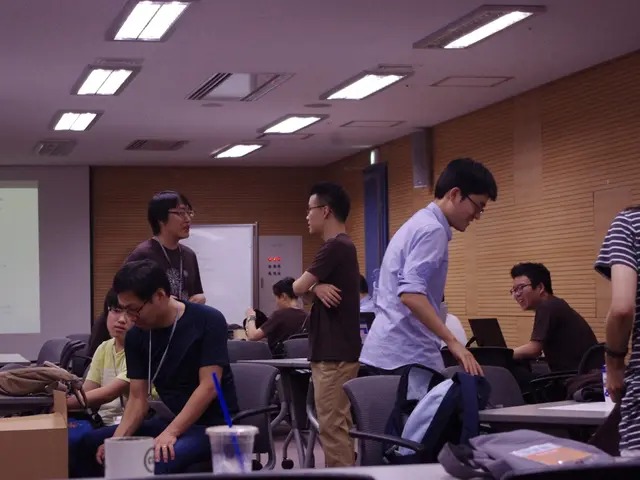Signs to be Aware of - Heatstroke's Perilous Threat
**Europe Experiences First Major Heatwave of Summer, Resulting in Tragic Consequences**
As Europe experiences its first significant heatwave of the summer, health authorities are urging caution and the implementation of preventative measures to protect vulnerable groups from the potentially deadly effects of heatstroke.
Symptoms of heatstroke, such as headaches, dizziness, dehydration, and exhaustion, are often mistaken for minor ailments. However, early signs of heatstroke can be much more severe, including heavy sweating, weakness, and nausea. If left untreated, heatstroke can cause incoherent speech, loss of consciousness, and can be fatal.
Elderly people, children, pregnant women, people with chronic illnesses, outdoor workers, and those living in urban socially and economically deprived environments are particularly at risk. Marginalized populations and migrants are also more susceptible to heatstroke.
To minimize the risk of heatstroke, it is essential to avoid sun exposure during peak hours, generally midday to 4 pm, when UV rays and temperatures are highest. Staying in the shade and wearing loose, light-colored, tightly-woven clothing, including wide-brimmed hats, can also help protect against the sun's harmful rays.
Maintaining hydration by drinking water, diluted squash, or lower-fat milk regularly throughout the day is also crucial. Sugary drinks and alcohol should be avoided as they can increase dehydration risk. Outdoor workers and sports enthusiasts should take extra precautions and consider cooling aids like survival blankets designed to keep patients cool.
In extreme heat, using air conditioning or seeking climate shelters is crucial, especially for vulnerable individuals. Heat-health action plans (HHAPs) implemented across Europe emphasize public awareness and adaptive urban planning to reduce heat exposure.
Emergency response measures are also essential in managing heatstroke cases. Immediately moving the affected person to a cooler environment, such as shade or an air-conditioned room, is the first step. Cooling the body by applying cold water, ice packs, or compresses can help lower body temperature. In severe cases, intravenous therapeutic fluids may be necessary in hospital settings.
Governments and health systems are preparing for heatwaves by setting up dedicated emergency protocols and increasing public health messaging. Urban planning efforts include increasing green spaces and cooling centers to reduce urban heat island effects. Monitoring vulnerable populations and ensuring social support for the elderly and marginalized groups during heat events is critical.
The recent tragic deaths in France, Italy, and Spain serve as a stark reminder of the urgent need for public awareness and preparedness to mitigate the deadly impact of extreme heat. Doctors advise immediate action if heatstroke symptoms appear, including moving to a shaded, airy area, cooling the body with wet cloths or lukewarm water, and sipping water frequently.
Holidaymakers visiting from cooler, more humid climates are particularly vulnerable to heatstroke. It is essential to be aware of the risks and take necessary precautions to stay safe during Europe's summer heatwaves.
- In the realm of environmental science, understanding climate change is vital in predicting the frequency and intensity of heatwaves, which impact health and workplace-wellness significantly.
- As the importance of health-and-wellness becomes more apparent in the face of heatwaves, emphasis is placed on fitness-and-exercise routines that promote cardiovascular health and maintain optimal body temperature.
- Acknowledging the psychological impact of extreme heat, mental-health experts advise that caring for one's psychological well-being is equally important, with skin-care regimens and self-soothing practices offering relief from heat-related stress.
- To ensure a sustainable and healthy future, environmental-science professionals encourage adopting eco-friendly practices within the workplace-wellness industry. Implementing green initiatives, such as using energy-efficient cooling systems and promoting skin-care products with minimal environmental footprints, can reduce heat Island effects while supporting overall environmental health.








